Home>Home Appliances>Laundry Appliances>How To Tell If Washing Machine Shock Absorbers Are Bad
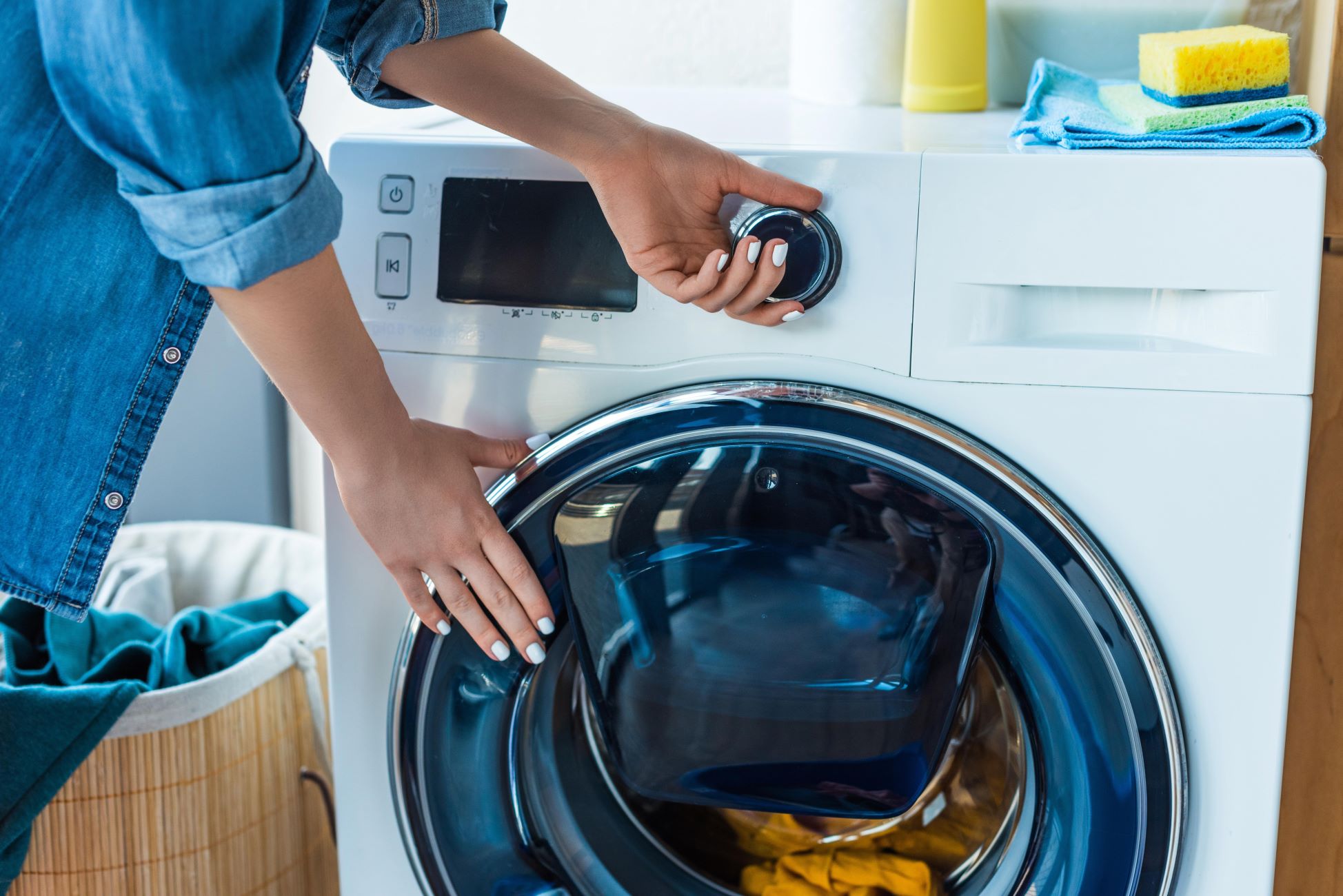

Laundry Appliances
How To Tell If Washing Machine Shock Absorbers Are Bad
Modified: August 27, 2024
Learn how to identify bad shock absorbers in your laundry appliances. Discover the signs and symptoms of worn-out washing machine shock absorbers. Keep your washing machine running smoothly with these tips.
(Many of the links in this article redirect to a specific reviewed product. Your purchase of these products through affiliate links helps to generate commission for Storables.com, at no extra cost. Learn more)
Signs of Bad Washing Machine Shock Absorbers
Identifying the signs of bad washing machine shock absorbers is crucial for maintaining the optimal performance of your appliance. These components play a pivotal role in stabilizing the drum during the wash and spin cycles, ensuring smooth and efficient operation. Here are the key indicators that may suggest your washing machine shock absorbers are in need of attention:
-
Excessive Vibrations: If you notice that your washing machine is vibrating excessively during operation, it could be a sign of worn-out shock absorbers. This can lead to disruptive noise and movement, impacting the overall stability of the appliance.
-
Unusual Noises: A common indication of failing shock absorbers is the emergence of unusual noises during the wash or spin cycles. These may include banging, clunking, or rattling sounds, which can be attributed to the compromised ability of the shock absorbers to dampen the movement of the drum.
-
Uneven Load Distribution: When the shock absorbers are deteriorating, you may observe issues with load distribution within the drum. Uneven spinning or shifting of the load during the cycle can be a result of weakened shock absorbers, leading to potential damage to the internal components of the washing machine.
-
Excessive Movement: If your washing machine exhibits excessive movement, especially during the spin cycle, it could be an indication of faulty shock absorbers. This movement can not only affect the performance of the appliance but also pose safety risks in the laundry area.
-
Visible Damage: Inspect the shock absorbers for any visible signs of damage, such as cracks, leaks, or wear and tear. Physical degradation of these components can significantly impact their ability to absorb and mitigate the vibrations generated during the washing process.
Recognizing these signs and promptly addressing any issues with the washing machine shock absorbers is essential for ensuring the longevity and efficiency of your appliance. By staying vigilant and proactive in monitoring these indicators, you can take the necessary steps to maintain the smooth operation of your washing machine.
Key Takeaways:
- Keep an eye out for excessive vibrations, unusual noises, uneven load distribution, excessive movement, and visible damage to your washing machine. These signs could indicate failing shock absorbers that need prompt attention.
- To maintain your washing machine’s performance, regularly check shock absorbers for damage, test for excessive movement, and consider professional help if needed. Good shock absorbers ensure stability, efficiency, and safety for your appliance.
Common Symptoms of Failing Shock Absorbers
When it comes to the smooth functioning of a washing machine, the condition of its shock absorbers is paramount. Failing shock absorbers can manifest in several common symptoms, indicating the need for immediate attention and potential replacement. Understanding these signs is crucial for homeowners to address issues promptly and prevent further damage to the appliance.
One of the most prevalent symptoms of failing shock absorbers is excessive vibrations during the operation of the washing machine. When these components begin to deteriorate, they lose their ability to effectively stabilize the drum, leading to noticeable vibrations that can disrupt the appliance's performance. These vibrations are often accompanied by unsettling noises, such as banging, clunking, or rattling sounds, which can be attributed to the compromised shock absorbers struggling to dampen the movement of the drum.
Furthermore, failing shock absorbers can result in an uneven distribution of the load within the washing machine drum. As the absorbers weaken, they struggle to maintain the necessary balance during the wash and spin cycles, causing the load to shift and spin unevenly. This not only affects the quality of the wash but also poses a risk of damage to the internal components of the appliance.
In addition to these symptoms, excessive movement of the washing machine, particularly during the spin cycle, is a clear indication of failing shock absorbers. The compromised ability of the absorbers to stabilize the drum leads to pronounced movement, which not only affects the appliance's performance but also poses safety risks in the laundry area.
Visually inspecting the shock absorbers for any signs of damage is also crucial in identifying failing components. Cracks, leaks, or visible wear and tear on the absorbers indicate their diminished capacity to absorb and mitigate the vibrations generated during the washing process.
Recognizing these common symptoms of failing shock absorbers empowers homeowners to take proactive measures in addressing potential issues with their washing machines. By promptly identifying and resolving these symptoms, individuals can ensure the continued efficiency and longevity of their appliances, ultimately saving time and resources in the long run.
Steps to Check Washing Machine Shock Absorbers
Checking the condition of your washing machine shock absorbers is a crucial aspect of appliance maintenance, ensuring optimal performance and longevity. By following a few simple steps, you can effectively assess the state of these components and address any potential issues. Here's a comprehensive guide to checking your washing machine shock absorbers:
-
Safety First: Before beginning the inspection, ensure that the washing machine is unplugged from the power source. This precautionary measure is essential to prevent any accidents or electrical mishaps during the assessment process.
-
Accessing the Shock Absorbers: Depending on the model of your washing machine, gaining access to the shock absorbers may require removing the rear or side panels of the appliance. Refer to the manufacturer's manual for specific instructions on accessing the shock absorbers safely.
-
Visual Inspection: Once you have access to the shock absorbers, visually inspect them for any signs of damage or wear. Look for cracks, leaks, or visible deterioration that may indicate the need for replacement. Additionally, check for any loose or detached mounting bolts that secure the absorbers in place.
-
Physical Assessment: To further evaluate the shock absorbers, gently push and pull on them to assess their resistance and stability. Worn-out shock absorbers may exhibit excessive movement or lack of resistance, signaling their diminished effectiveness in stabilizing the washing machine drum.
-
Testing for Vibration: With the washing machine reassembled and plugged in, initiate a short cycle to observe the appliance's behavior. Pay close attention to any excessive vibrations or unusual noises, as these can indicate compromised shock absorbers unable to dampen the drum's movement effectively.
-
Consulting a Professional: If you are uncertain about the condition of the shock absorbers or encounter any complexities during the inspection, it is advisable to seek the expertise of a qualified appliance technician. Professional assessment can provide a comprehensive evaluation of the shock absorbers and ensure accurate diagnosis and resolution of any issues.
By following these steps, homeowners can proactively assess the condition of their washing machine shock absorbers, enabling them to address any potential issues promptly. Regular inspection and maintenance of these crucial components contribute to the efficient and reliable performance of the washing machine, ultimately extending its lifespan and minimizing the risk of costly repairs.
If your washing machine is excessively vibrating or making loud banging noises during the spin cycle, it may be a sign that the shock absorbers are bad. Check for visible damage or wear on the shock absorbers and replace them if necessary.
Importance of Maintaining Good Shock Absorbers
Maintaining good shock absorbers in a washing machine is paramount for ensuring its optimal performance, longevity, and safety. These essential components play a pivotal role in stabilizing the drum during the wash and spin cycles, effectively mitigating vibrations and movement. By understanding the significance of maintaining good shock absorbers, homeowners can proactively prioritize the care and maintenance of their washing machines.
One of the primary reasons for maintaining good shock absorbers is to uphold the appliance's stability and minimize disruptive vibrations. When shock absorbers are in optimal condition, they effectively dampen the movement of the drum, preventing excessive vibrations that can lead to noise disturbances and potential damage to the washing machine. This stability not only enhances the overall washing experience but also contributes to a quieter and more peaceful laundry environment.
Furthermore, good shock absorbers contribute to the efficient distribution of the load within the washing machine drum. By stabilizing the drum during the wash and spin cycles, these components ensure that the load remains balanced, minimizing the risk of uneven spinning and potential damage to the appliance. This balanced load distribution not only improves the quality of the wash but also safeguards the internal components of the washing machine, prolonging its lifespan.
Maintaining good shock absorbers also plays a crucial role in ensuring the safety of the appliance and its surroundings. By effectively stabilizing the drum and minimizing excessive movement, these components reduce the risk of the washing machine shifting or vibrating uncontrollably during operation. This not only protects the appliance from potential damage but also mitigates safety hazards in the laundry area, providing peace of mind to homeowners.
Additionally, the longevity of the washing machine is significantly influenced by the condition of its shock absorbers. Good shock absorbers help minimize wear and tear on the appliance's internal components by stabilizing the drum and reducing excessive movement. This, in turn, extends the lifespan of the washing machine, reducing the frequency of repairs and the associated costs.
In essence, maintaining good shock absorbers in a washing machine is essential for promoting stability, efficiency, safety, and longevity. By prioritizing the care and maintenance of these crucial components, homeowners can ensure a smooth and reliable washing experience while safeguarding their investment in the appliance. Regular inspection and timely replacement of worn-out shock absorbers are key practices in preserving the optimal functionality and durability of the washing machine.
How to Replace Washing Machine Shock Absorbers
Replacing the shock absorbers in a washing machine is a fundamental aspect of appliance maintenance, ensuring the continued efficiency and stability of the appliance during its operation. By following a systematic approach, homeowners can effectively replace worn-out shock absorbers and restore the optimal functionality of their washing machines. Here's a comprehensive guide to replacing washing machine shock absorbers:
-
Preparation: Begin by unplugging the washing machine from the power source to ensure safety during the replacement process. It is essential to work in a well-lit and spacious area, allowing ample room to maneuver around the appliance.
-
Accessing the Shock Absorbers: Depending on the model of the washing machine, gaining access to the shock absorbers may require removing the rear or side panels of the appliance. Refer to the manufacturer's manual for specific instructions on safely accessing and removing the old shock absorbers.
-
Removing the Old Shock Absorbers: Carefully detach the mounting bolts securing the old shock absorbers to the washing machine frame. Keep track of the location and orientation of each shock absorber to ensure proper installation of the replacements.
-
Installing the New Shock Absorbers: Align the new shock absorbers with the designated mounting points on the washing machine frame. Secure them in place using the appropriate mounting bolts, ensuring a snug and stable fit to prevent any movement during operation.
-
Reassembly and Testing: Once the new shock absorbers are securely installed, reassemble any panels or covers that were removed to access the components. Plug in the washing machine and conduct a brief test cycle to ensure that the new shock absorbers effectively stabilize the drum and minimize vibrations.
-
Professional Assistance: If you encounter any challenges during the replacement process or are uncertain about the correct installation of the new shock absorbers, consider seeking the expertise of a qualified appliance technician. Professional assistance can ensure the accurate replacement of the shock absorbers, minimizing the risk of errors and potential issues.
By following these steps, homeowners can confidently replace the shock absorbers in their washing machines, contributing to the continued efficiency and stability of the appliance. Regular maintenance and timely replacement of these crucial components are essential in preserving the optimal performance and longevity of the washing machine, ultimately enhancing the overall laundry experience.
Frequently Asked Questions about How To Tell If Washing Machine Shock Absorbers Are Bad
Was this page helpful?
At Storables.com, we guarantee accurate and reliable information. Our content, validated by Expert Board Contributors, is crafted following stringent Editorial Policies. We're committed to providing you with well-researched, expert-backed insights for all your informational needs.
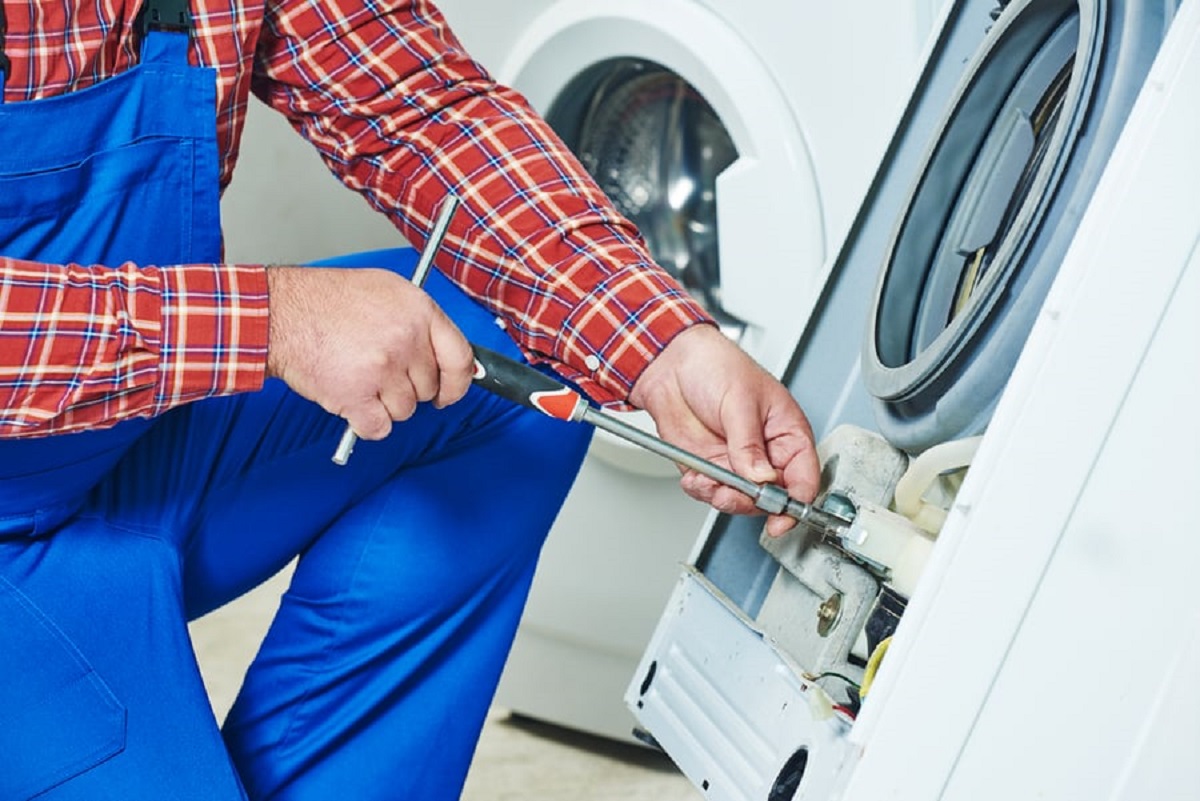

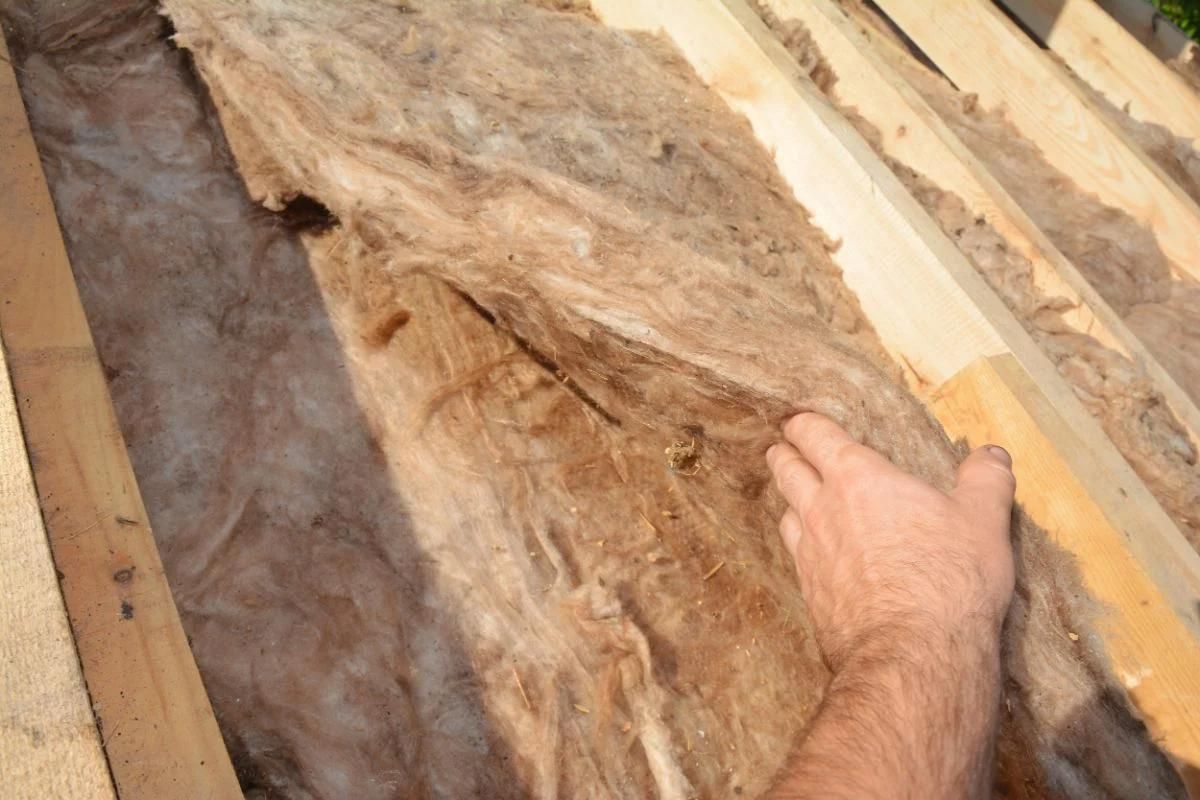
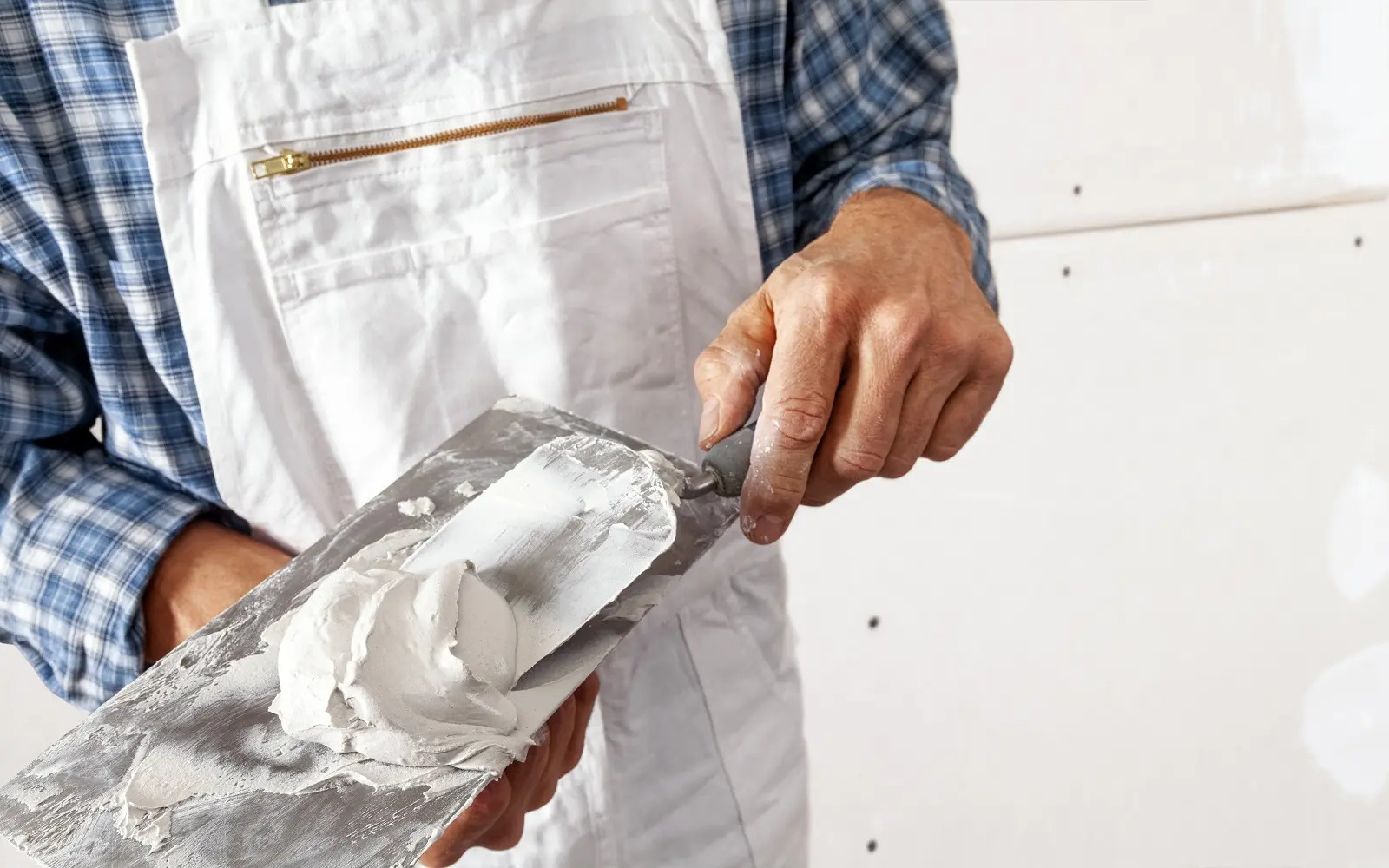
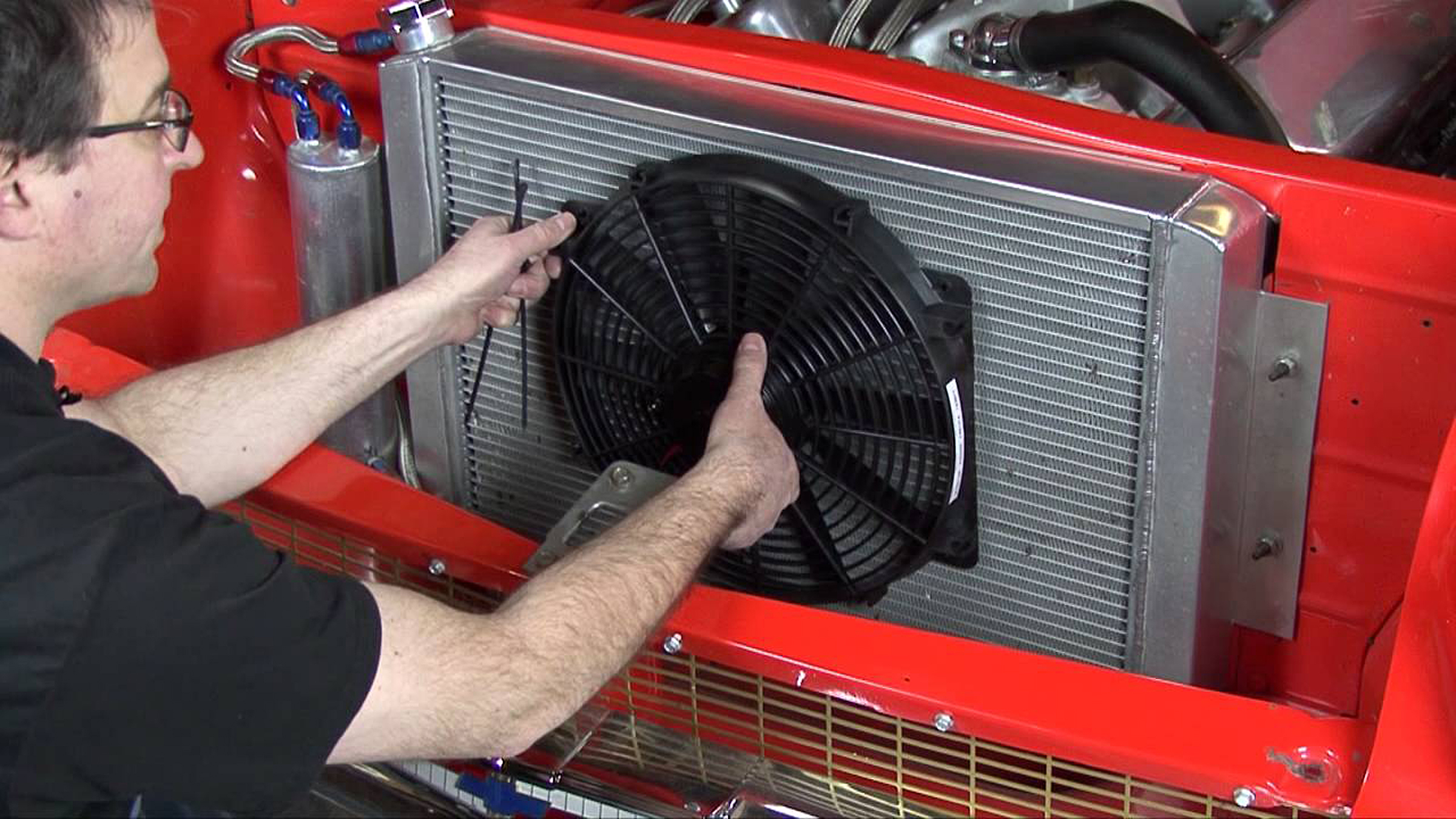

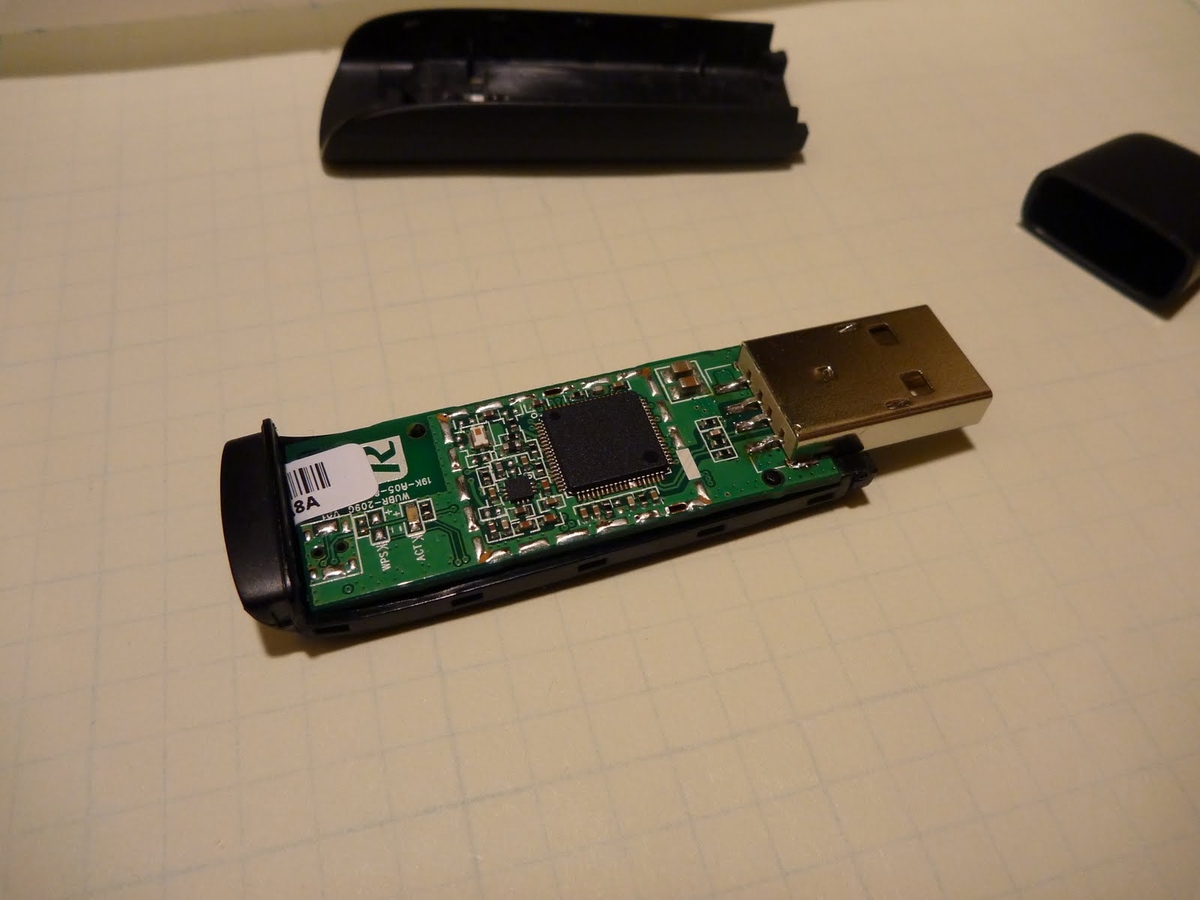
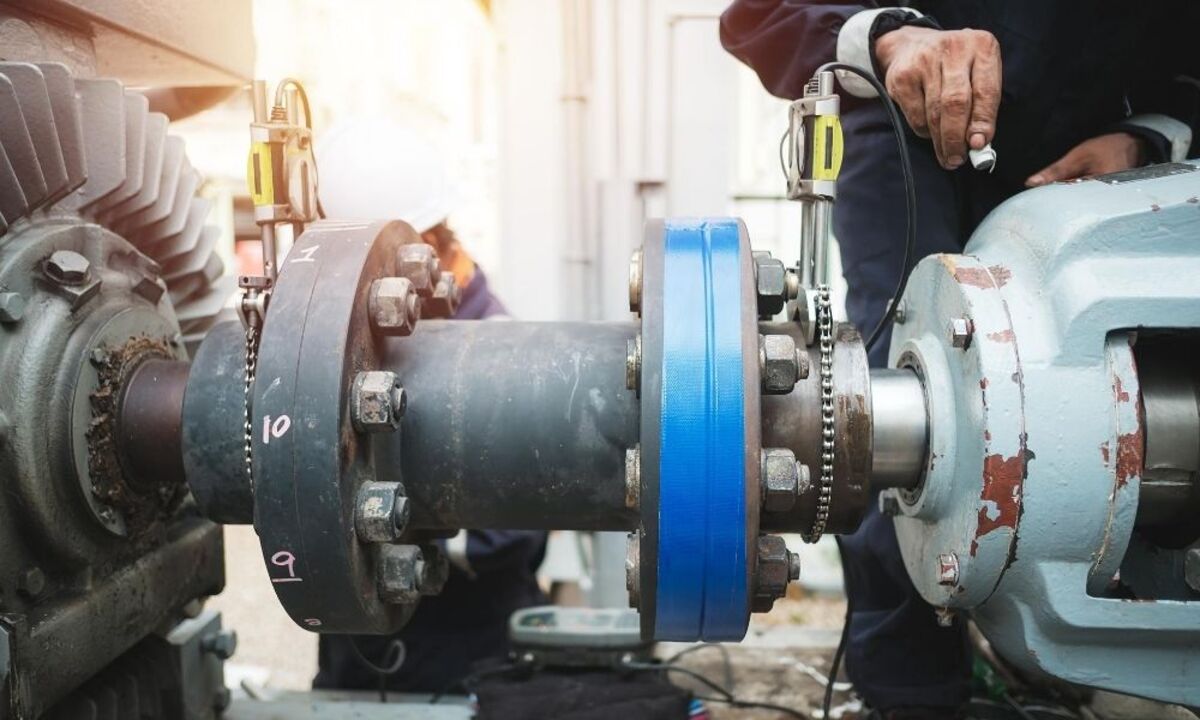
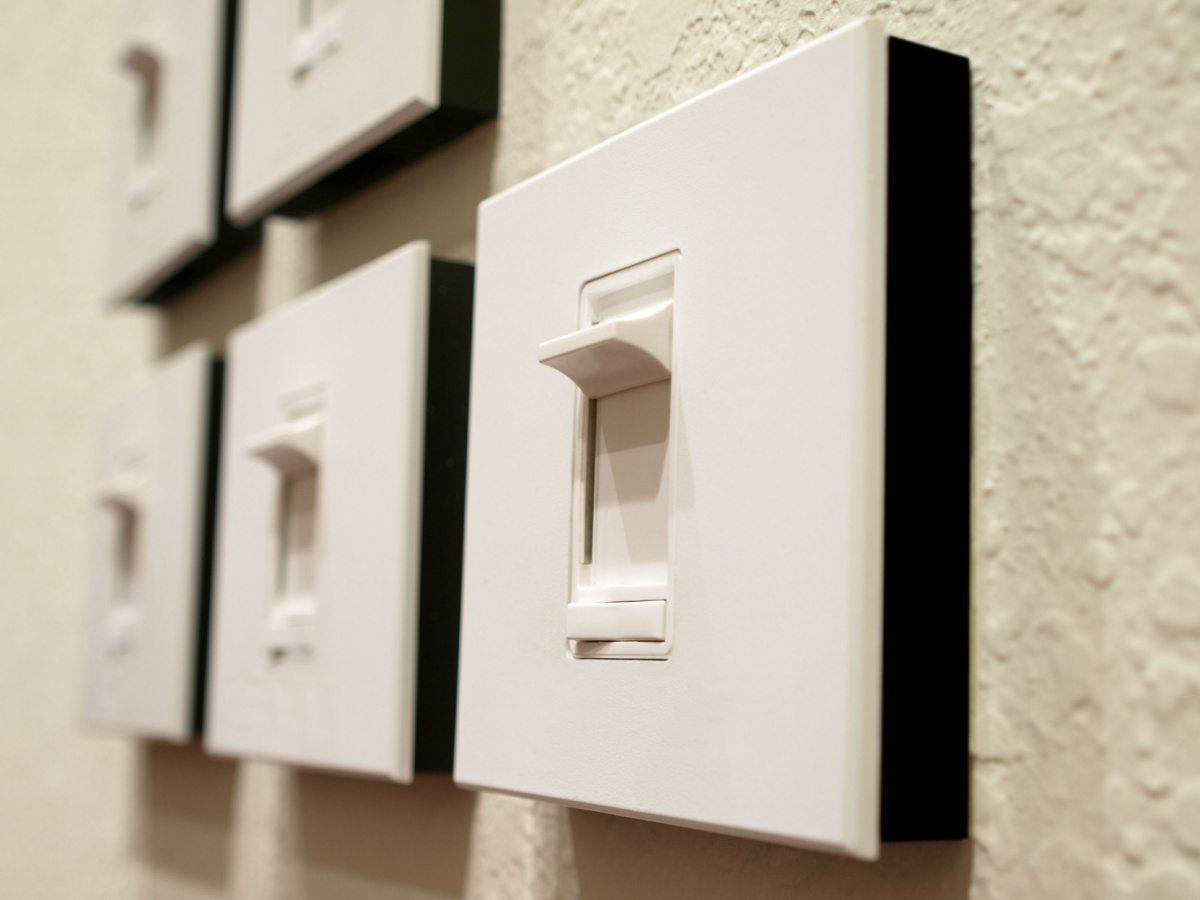

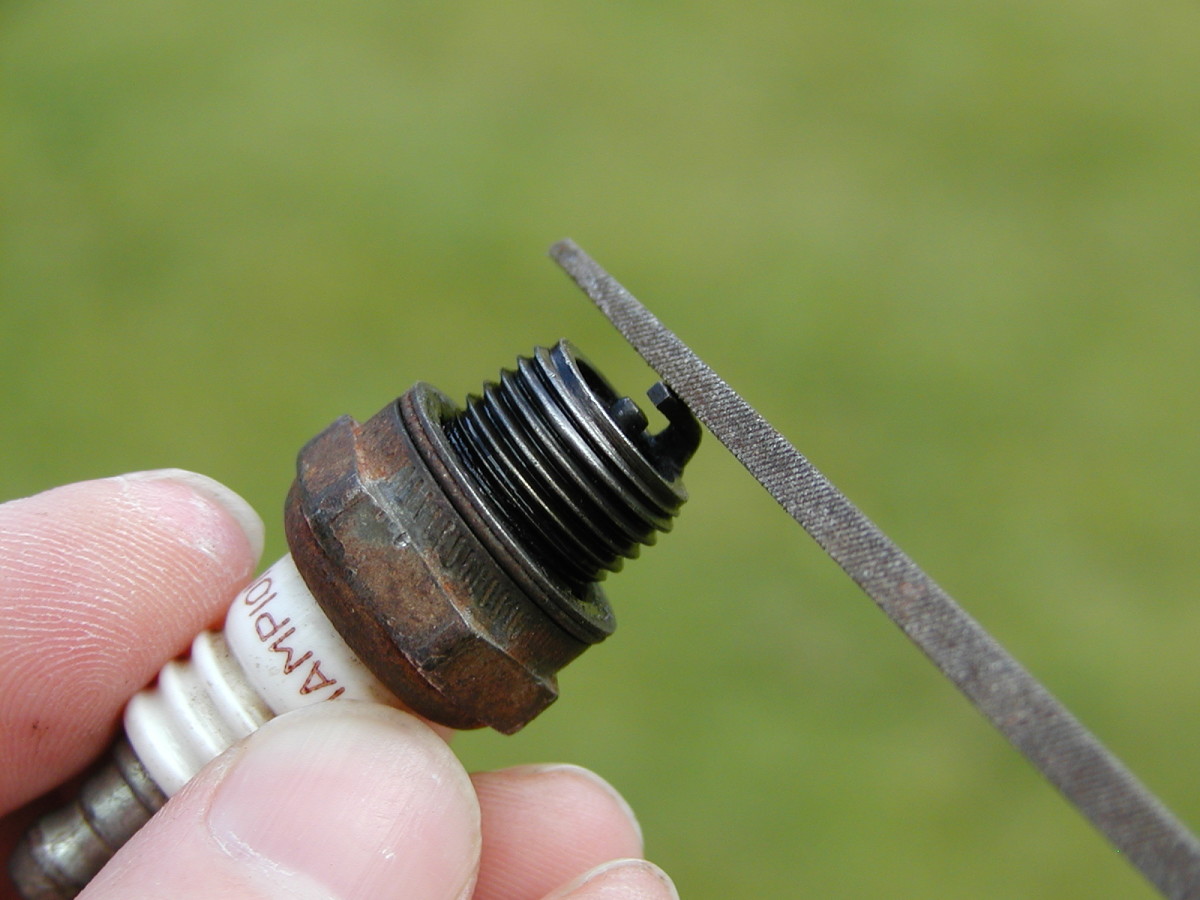

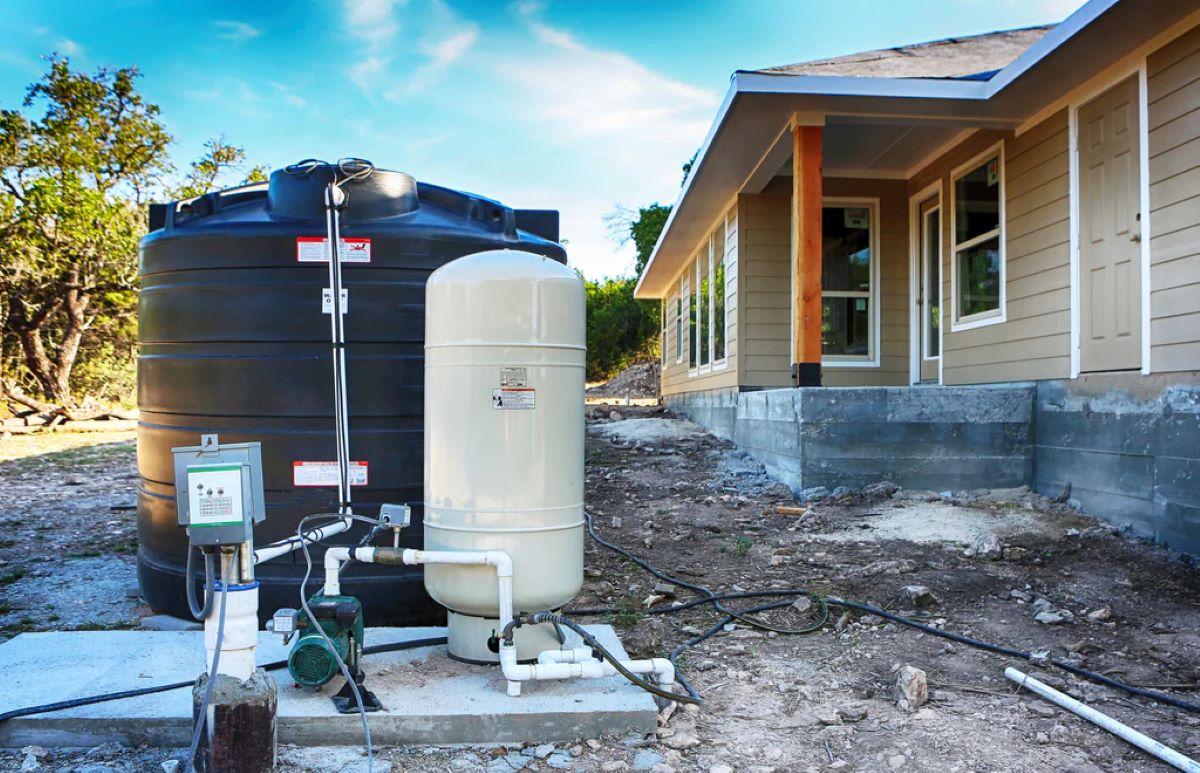
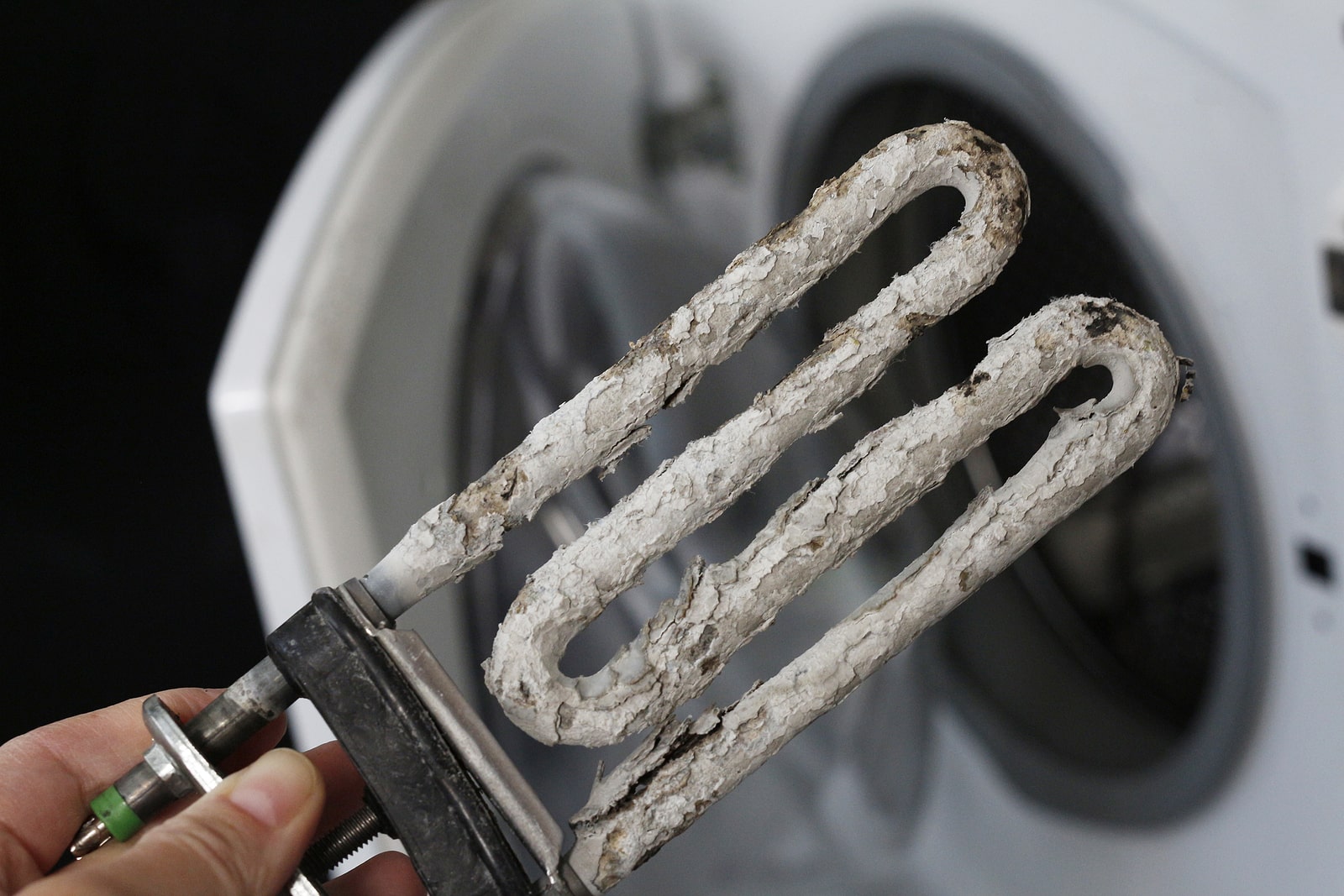
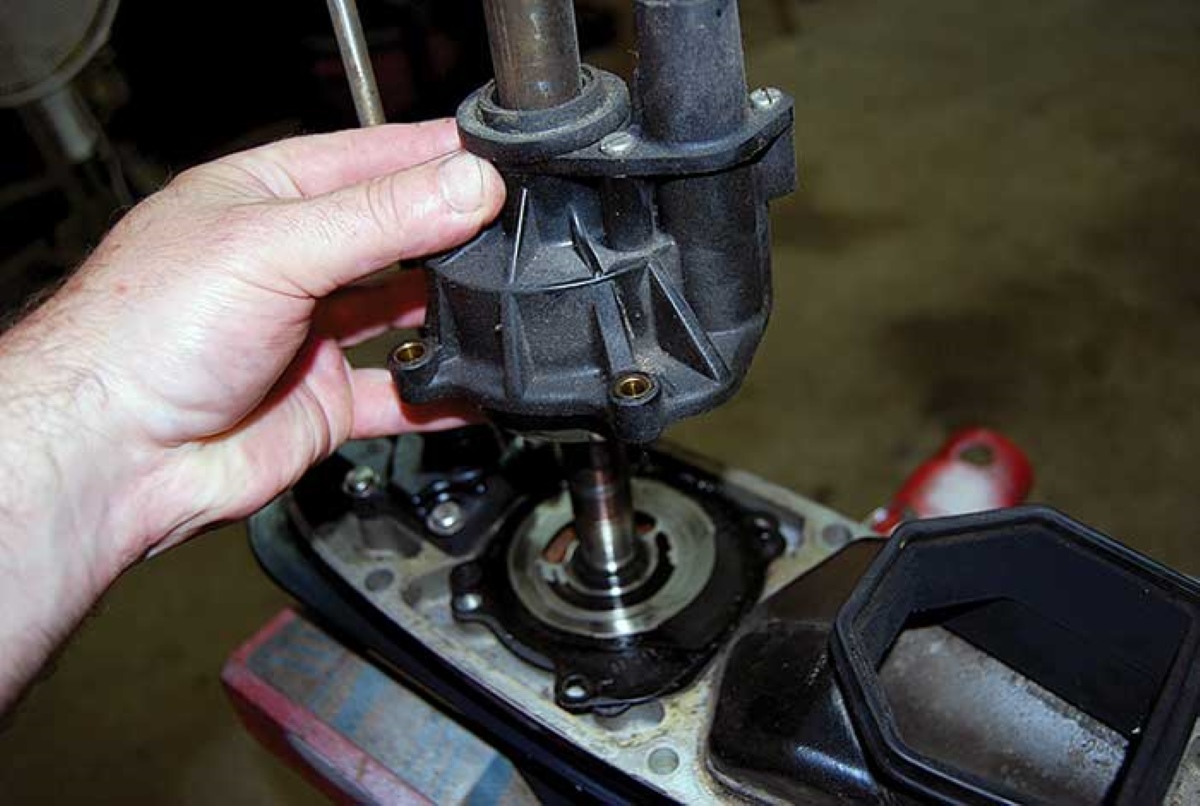

0 thoughts on “How To Tell If Washing Machine Shock Absorbers Are Bad”